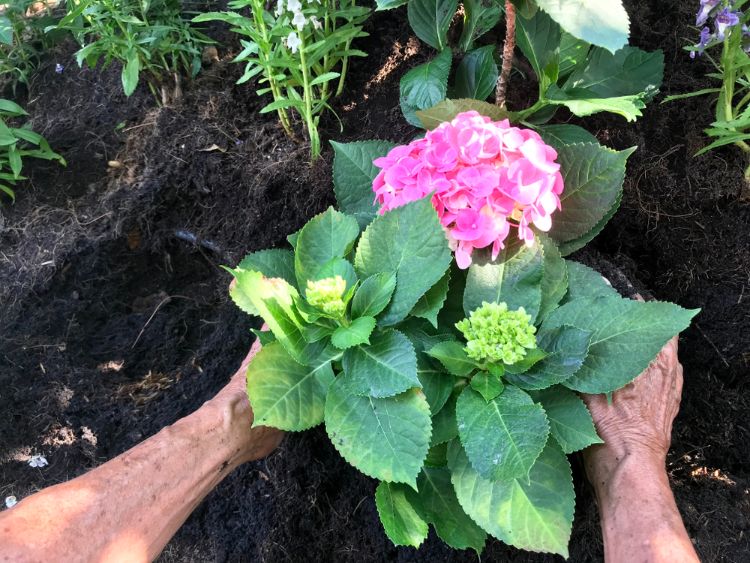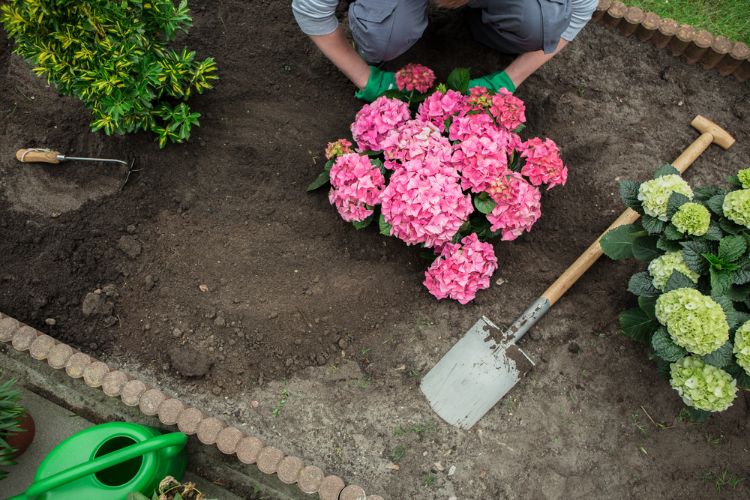When grown correctly, hydrangeas can be the star of the show in your garden.
They have their signature luscious, oversized leaves, plus those truly iconic round floral heads.
But sometimes, it can feel like you’re fighting a losing battle when trying to encourage your hydrangeas to bloom.
While taking good general care of your hydrangea plant can help out, the real key to achieving bigger blossoms is through clever fertilization.
Knowing how and when to fertilize your hydrangeas soil (plus the best types of fertilizer to use) can give you the most successful hydrangea your garden has ever seen!
Is a chemical or organic fertilizer better?

Shutterstock
There are pros and cons to both fertilizer options.
Synthetic formulas tend to be more concentrated, and so can deliver more visible results, while organic options may be safer for your soil.
It tends to be a matter of personal preference on this one.
Which nutrients should I look out for?

Shutterstock
When it comes to encouraging bigger hydrangea blooms, the key ingredients you need are nitrogen, phosphorus, and potassium.
Fertilizers containing these ingredients are specially designed to encourage flowering and should be applied after the plant has started budding.
How often should I fertilize?

Shutterstock
When using your fertilizer specifically to encourage flowering, you need to be consistent.
Your nitrogen, phosphorus, and potassium fertilizer should be applied to the roots of your plant every seven to fourteen days.
What is the best nutrient ratio?

For bigger blooms, phosphorus is the most important of your three key fertilizer nutrients.
Any other tips?
You can fertilize until the cows come home, but if you’ve not chosen the right hydrangea cultivar for your garden or your local climate, you’ll be fighting a losing battle.












